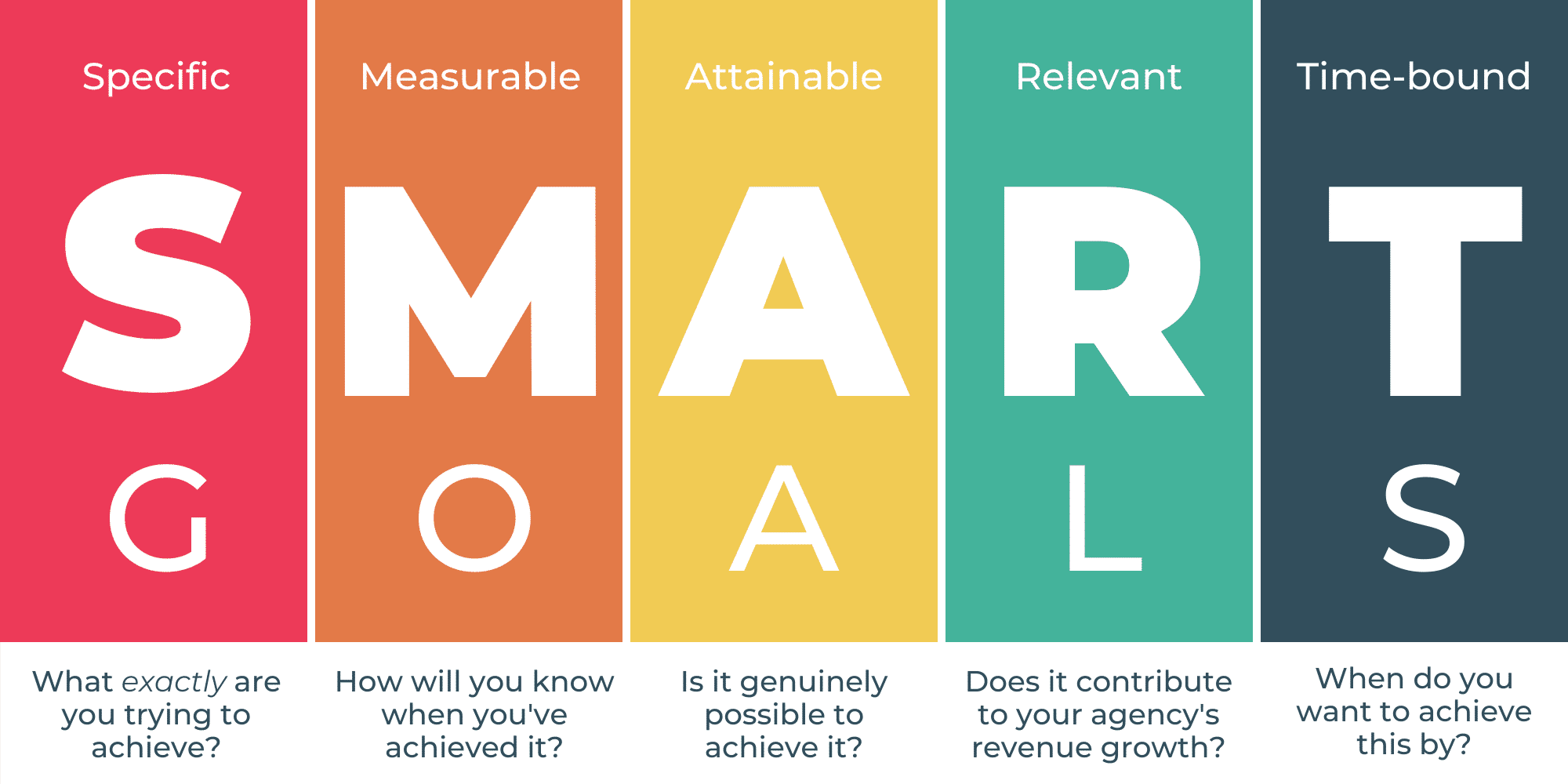
Digital Marketing Goal Setting
Digital Marketing Goal Setting: How to Set and Achieve Your Objectives
Setting goals is a critical component of any successful digital marketing strategy. Without clear objectives, it can be difficult to measure progress and determine whether your efforts are producing results. However, goal setting is more than just picking a number out of thin air. To be effective, your goals should be specific, measurable, attainable, relevant, and time-bound (SMART).
Here’s a step-by-step guide to help you set and achieve your digital marketing goals:
Define Your Objectives
The first step in setting digital marketing goals is to define your objectives. What do you want to achieve with your digital marketing efforts? Some common digital marketing objectives include:
Increasing website traffic
Generating leads
Improving search engine rankings
Boosting social media engagement
Increasing sales
Building brand awareness
When defining your objectives, it’s important to be specific. For example, instead of saying you want to “increase website traffic,” set a specific goal like “increase website traffic by 25% in the next six months.”
Determine Key Performance Indicators (KPIs)
Once you’ve defined your objectives, the next step is to determine the key performance indicators (KPIs) that you’ll use to measure progress toward your goals. KPIs are metrics that help you track progress and determine whether you’re on track to meet your objectives. Some common digital marketing KPIs include:
Website traffic
Conversion rate
Cost per lead
Search engine rankings
Social media engagement
When determining your KPIs, make sure they align with your objectives. For example, if your objective is to increase website traffic, your KPIs might include total website visits and unique visitors.
Set Targets
Once you’ve determined your KPIs, it’s time to set targets. Targets are specific numbers or metrics that you want to achieve for each KPI. For example, if your objective is to increase website traffic, your target might be to increase total website visits from 1,000 to 1,250 per month.
When setting targets, make sure they’re realistic and achievable. Setting unrealistic targets can be demotivating and lead to frustration and burnout.
Create a Plan
Now that you’ve set your objectives, determined your KPIs, and set targets, it’s time to create a plan to achieve your goals. Your plan should include specific tactics and actions that you’ll take to reach your targets.
For example, if your objective is to increase website traffic, your plan might include tactics like:
Creating and publishing blog posts on a regular basis
Optimizing your website for search engines
Running paid search and social media advertising campaigns
Your plan should also include timelines and deadlines for each tactic. This will help you stay on track and measure progress toward your targets.
Monitor Progress and Adjust Your Plan
Once you’ve implemented your plan, it’s important to monitor progress and make adjustments as needed. Regularly reviewing your KPIs and targets will help you determine whether you’re on track to meet your objectives.
If you’re not making progress toward your targets, it may be time to adjust your plan. For example, if your website traffic isn’t increasing as quickly as you’d like, you may need to adjust your advertising campaigns or try different tactics to generate more traffic.
Conclusion
In conclusion, setting digital marketing goals is essential to achieving success in today’s digital landscape. By following these five steps, you can set SMART goals, determine the KPIs and targets that will help you measure progress, create a plan to achieve your objectives, and make adjustments along the way. With a clear roadmap in place, you’ll be well on your way to achieving your digital marketing goals.
